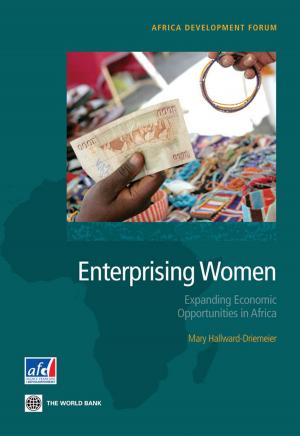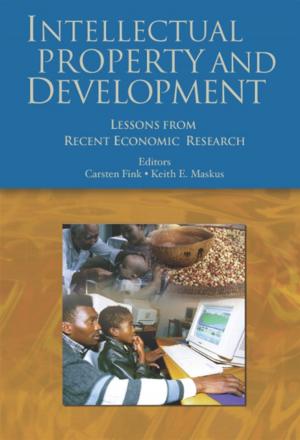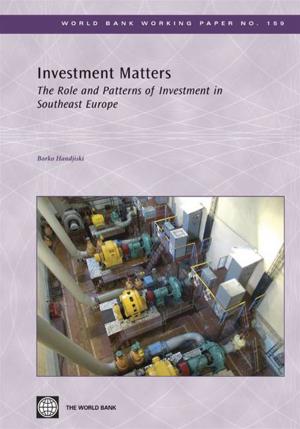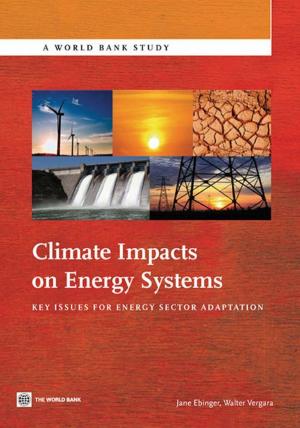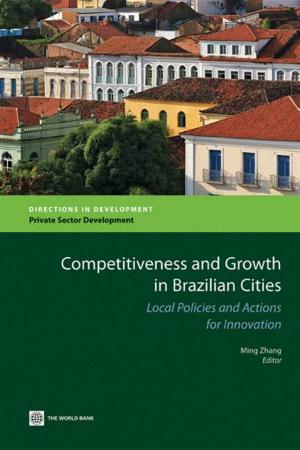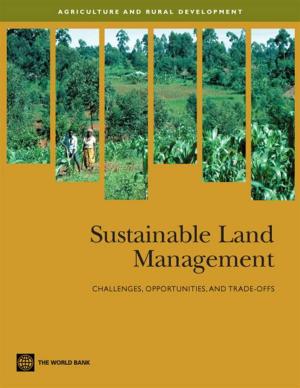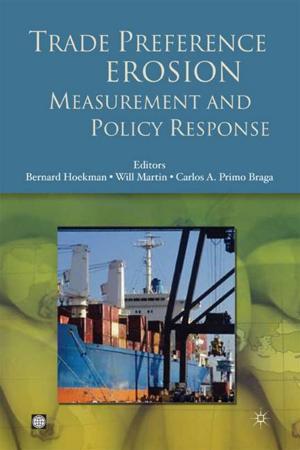Reshaping Economic Geography In East Asia
Nonfiction, Social & Cultural Studies, Political Science, Politics, Regional Planning| Author: | Huang Yukon; Magnoli Bocchi Alessandro | ISBN: | 9780821376416 |
| Publisher: | World Bank | Publication: | October 30, 2008 |
| Imprint: | Language: | English |
| Author: | Huang Yukon; Magnoli Bocchi Alessandro |
| ISBN: | 9780821376416 |
| Publisher: | World Bank |
| Publication: | October 30, 2008 |
| Imprint: | |
| Language: | English |
Reshaping Economic Geography in East Asia, a companion volume to the World Development Report 2009, brings together noted scholars to address the spatial distribution of economic growth in Asia. It reveals how the new economic geography is reshaping development objectives: from initiatives to foster growth via enhanced agglomeration and connectivity to the world economy, to programs that channel resources to lagging regions. Key themes include how East Asian governments have dealt with agglomeration economies, urbanization, and regional disparities; improving connectivity with infrastructure investments; and eliminating barriers both inside and outside borders to favor the movement of labor, goods, and services.This volume will be of great interest to readers working in the areas of economic policy, poverty reduction and urban-rural development strategies, and transport-led infrastructure policy.
Reshaping Economic Geography in East Asia, a companion volume to the World Development Report 2009, brings together noted scholars to address the spatial distribution of economic growth in Asia. It reveals how the new economic geography is reshaping development objectives: from initiatives to foster growth via enhanced agglomeration and connectivity to the world economy, to programs that channel resources to lagging regions. Key themes include how East Asian governments have dealt with agglomeration economies, urbanization, and regional disparities; improving connectivity with infrastructure investments; and eliminating barriers both inside and outside borders to favor the movement of labor, goods, and services.This volume will be of great interest to readers working in the areas of economic policy, poverty reduction and urban-rural development strategies, and transport-led infrastructure policy.

